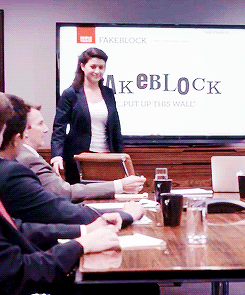by Nina Post
According to the Social Psychological and Personality Science journal, “social comparisons occur automatically and unconsciously” and “appear to be unavoidable.”

I wasn't too surprised, either.
The psychologist who first wrote about social comparison theory in 1954 believed that comparing ourselves to others was a drivealmost as powerful as thirst or hunger.
(Or for human blood!)

Sure, you can indulge in some downward social comparisons, which can be helpful, though we don’t like to admit it. Or you can minimize or remove some of the triggers—social media, podcasts, etc. But there are ways we can use social comparison to our advantage, just like we can use our anxiety for energy.
Here are 3 ways to use social comparison for self-improvement:
- Think of your achievements or strengths in a part of your life that’s not directly connected to the comparison source. According to the theory of self-affirmation, you can restore your overall feeling of self-worth by affirming positive aspects of yourself in other domains.
- Ask yourself the following questions: Is this something you actually want? Does it fall within your definition of meaningful success? Is it actually within your control to achieve something similar? Are there any habits in your life you should change to achieve a similar goal, and do you have a plan for achieving similar goals? Is there a small action you can take right now? And what can you reduce or eliminate from your schedule to streamline your life?
- Practice mindfulness. Accept the present moment and the feelings caused by social comparison without any judgment.
Try to get in the habit of responding to social comparison triggers with those tactics, and see if it doesn’t affect you less over time—and allow you use it to your benefit.
Like what you just read? Sign up for my newsletter for more tips and techniques for being creative and productive.
Sources
Gifs by giphy.com
Compensating for Failure Through Social Comparison
Wood, Giordano-Beech, Ducharme. University of Waterloo
Worrying about what others think: A social-comparison concern intervention in small learning groups
Active Learning in Higher Education
Social Comparison: Why, With Whom, and With What Effect?
Suls, Martin, and Wheeler. University of Iowa and Macquarie University








